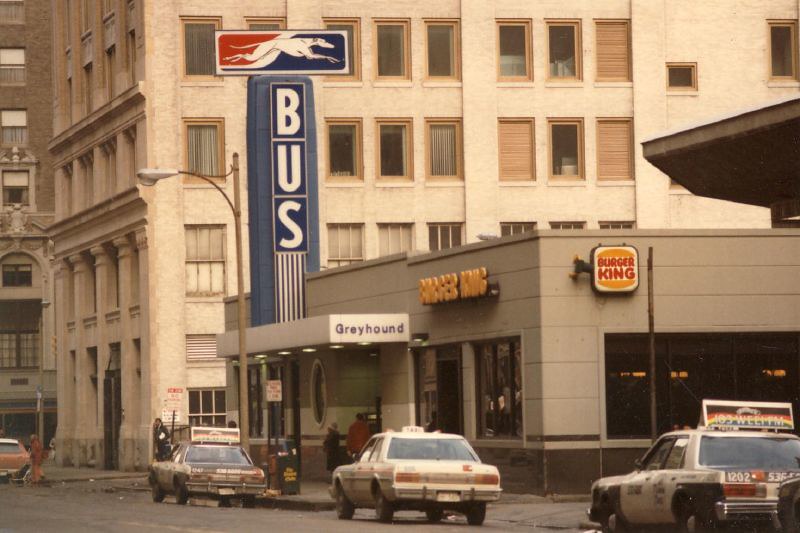- Joined
- Feb 19, 2016
- Messages
- 845
There is no longer a reason to force travelers
The Breezewood business district would need to survive just like all the others that are a few miles from a Turnpike exit. Fortunately, there is a large constituency of long haul truckers that would likely save Breezewood from itself if entry and exit points are reimagined for them. But more likely, a new and more efficient business district would develop nearby concurrent with a new I-70 interchange.
That boondoggle NEEDS to change! A direct Turnpike interchange to and from I-70 is long overdue, the Shusters and their ilk be damned. But it wouldn't be cheap and it would be a lengthy construction project.Ah, even in my dotage, my memory seems to be functioning okay. I remember friends who worked on budget stuff in the U.S. House of Representatives telling me that improvements to the notorious Breezewood interchange were systematically blocked by then-Rep. Bud Shuster, powerful member of a public-works committee. "Millions of people who travel between the Mid-Atlantic and the Midwest each year fight through Breezewood, Pa., a strange gap in the Interstate System...Although Mr. Shuster was a leading member of the House Transportation Committee and was known for steering taxpayer funds to local highway projects, he made clear that he would never permit funding for a Breezewood bypass, [Democratic state senator] Mr. Dawida recalled. (Mr. Shuster’s son, Bill Shuster, now represents that same district; his office did not respond to requests for comment.)"
Well, young Shuster finally stepped down after redistricting, and after four years without an Infrastructure Week it finally happened in a new Administration, but I have no idea whether the Breezewood Boondoggle will change.
https://www.nytimes.com/2017/02/06/...n-at-the-junction-of-politics-and-policy.html (no paywall)
Capitalism and Breezewood
The Breezewood business district would need to survive just like all the others that are a few miles from a Turnpike exit. Fortunately, there is a large constituency of long haul truckers that would likely save Breezewood from itself if entry and exit points are reimagined for them. But more likely, a new and more efficient business district would develop nearby concurrent with a new I-70 interchange.









































